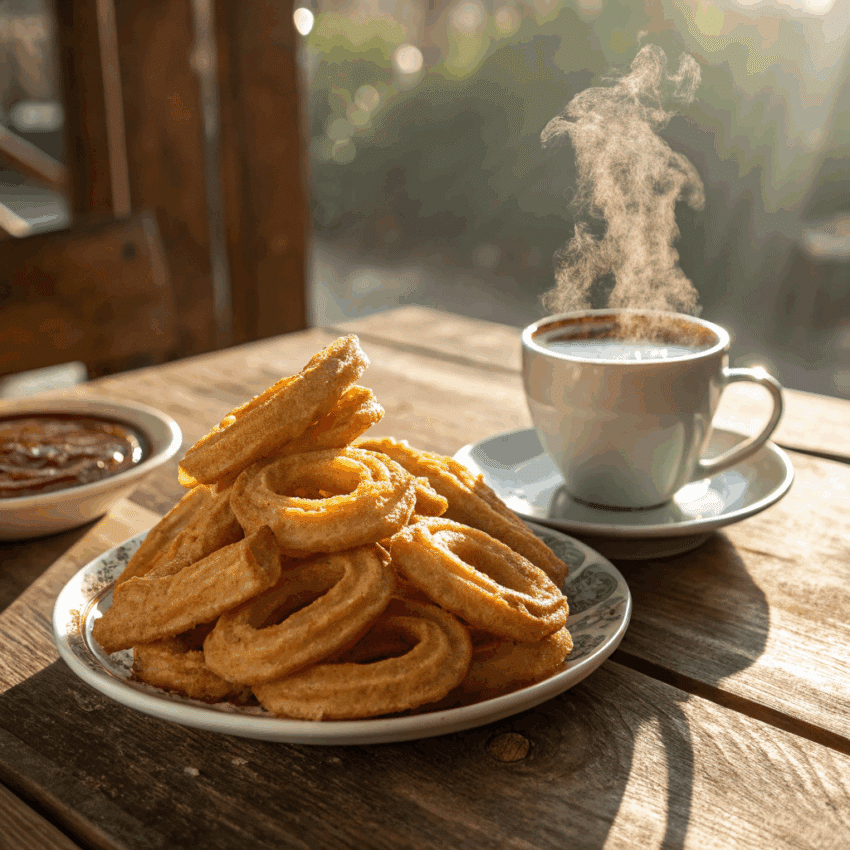If you’ve ever strolled through the streets of Madrid on a crisp morning, chances are the smell of sizzling fried dough pulled you toward a little café. That’s where porras steal the show. They’re thick, golden sticks of fried dough, usually dunked into a cup of thick hot chocolate. Today, I’m walking you through an authentic Spanish porras recipe you can easily recreate in your own kitchen.
What Are Porras?
Porras are Spain’s answer to the perfect comfort snack. Think of them as the bigger, fluffier cousin of churros. Instead of being slim and ridged, Spanish porras are thicker, softer inside, and crisp on the outside. Their simplicity is part of their charm: just flour, water, salt, and a leavening agent—nothing fancy, but the result is irresistible.
They’re a staple in Spanish breakfast recipes, often paired with hot chocolate, coffee, or café con leche. In Madrid, locals grab them on the way to work or linger in a café dipping them slowly, bite after bite.
Porras vs Churros: What’s the Difference?
This question comes up all the time. Churros and porras look similar, but they’re not twins—more like cousins with very different personalities.
- Churros: Slim, ridged, and made with a denser dough. Usually piped directly into oil with a star-shaped nozzle. Crunchy all the way through.
- Porras: Thick, airy, and made with a yeasted or baking powder dough. No nozzle needed—just a plain pastry bag or even a spoon. Soft inside with a crisp exterior.
In short, churros are all about crunch. Porras are about that pillowy bite.
Why You’ll Love This Spanish Porras Recipe
- Minimal ingredients, maximum payoff
- Quick to make with pantry staples
- Perfect for dipping into hot chocolate
- Brings authentic Spanish street food vibes right into your kitchen
Porras Ingredients
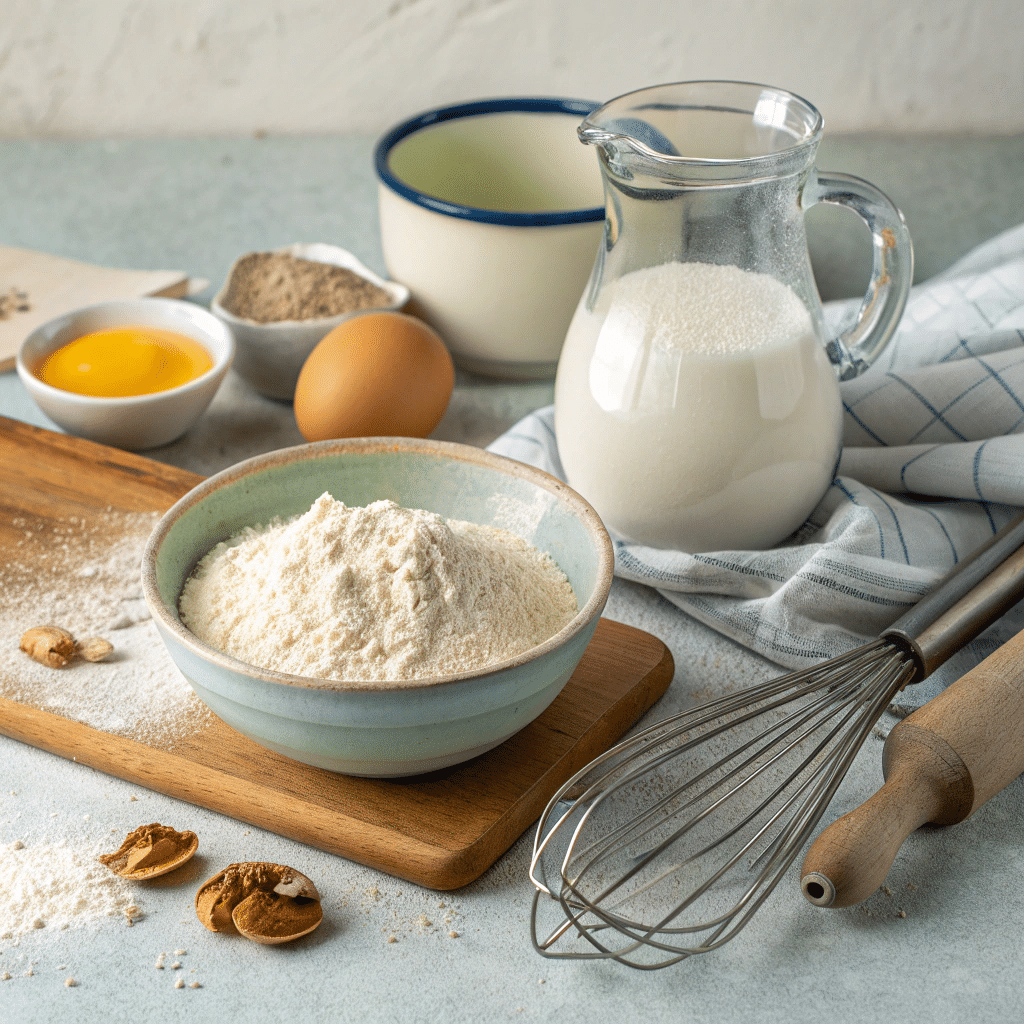
You don’t need a laundry list of ingredients. Here’s what goes into a traditional porras recipe:
- 2 cups all-purpose flour
- 1 ¼ cups warm water
- 1 tsp salt
- 1 tsp baking powder (some traditional recipes use yeast, but this version is quicker)
- Vegetable oil (for frying)
Optional but recommended: sugar for sprinkling once fried.
Step-by-Step: How to Make Spanish Porras at Home
Step 1: Prepare the Dough
In a large bowl, mix flour, salt, and baking powder. Gradually pour in warm water while stirring until you get a smooth, thick batter. The texture should be sticky but pipeable—not as solid as bread dough, but not watery either.
Step 2: Rest the Batter
Cover the bowl with a kitchen towel and let it sit for 30 minutes. This allows the baking powder to work its magic and makes the dough easier to fry.
Step 3: Heat the Oil
Pour enough vegetable oil into a deep pan to cover the porras while frying. Heat it to about 350°F (175°C). Test with a small drop of batter—it should sizzle immediately.
Step 4: Shape the Porras
Spoon the batter into a piping bag with a wide round tip (or even just cut the corner of a freezer bag). Pipe long strips directly into the hot oil. You can make them short or long, depending on your preference.
Step 5: Fry to Golden Perfection
Fry each strip until golden on both sides, about 2–3 minutes per side. Don’t overcrowd the pan—give them space to puff up.
Step 6: Drain and Serve
Remove porras with a slotted spoon and place them on paper towels to drain excess oil. Serve warm, sprinkled lightly with sugar if you’d like.
Serving Suggestions: Porras with Hot Chocolate
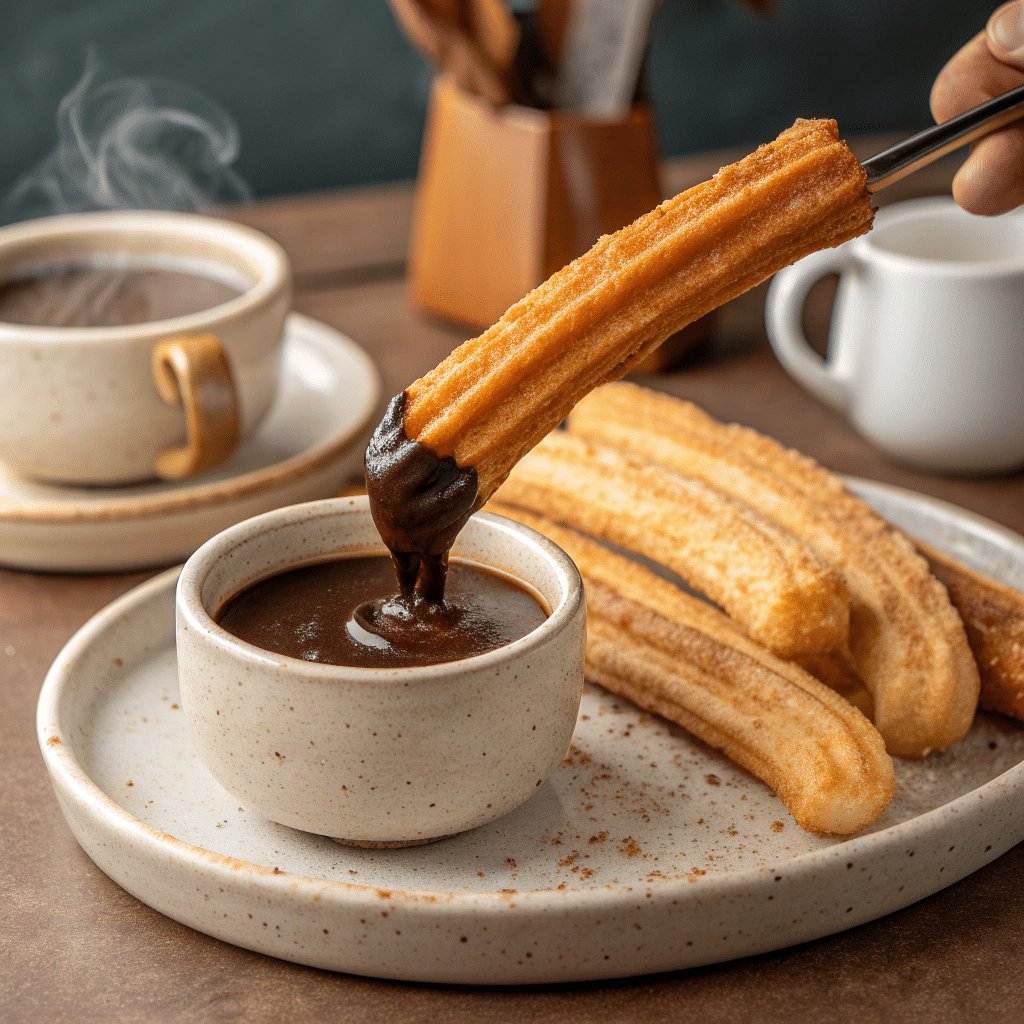
Ask any Madrileño and they’ll tell you—porras with hot chocolate is non-negotiable. The hot chocolate in Spain isn’t the thin, sweet drink you might know. It’s thick, almost pudding-like, made for dipping.
If you can’t make Spanish-style hot chocolate at home, you can still enjoy porras with coffee, tea, or even a glass of cold milk.
Tips for Perfect Homemade Porras
- Don’t rush the batter rest. Even 20 minutes helps.
- Keep the oil hot but steady. If it cools, porras soak up oil. If it’s too hot, they burn before cooking inside.
- Shape doesn’t matter. Don’t stress about perfect lines. Rustic porras taste just as good.
- Eat them fresh. Like most fried dough, they’re best enjoyed right after cooking.
Spanish Street Food Vibes
There’s something magical about grabbing porras from a street stand in Madrid. The vendor drops long strips of dough into bubbling oil, twists them into spirals, and chops them into pieces before your eyes.
While you may not have the backdrop of Puerta del Sol, making porras at home brings a little slice of Spain into your kitchen. And honestly? That’s pretty special.
Variations on the Traditional Spanish Porras Recipe
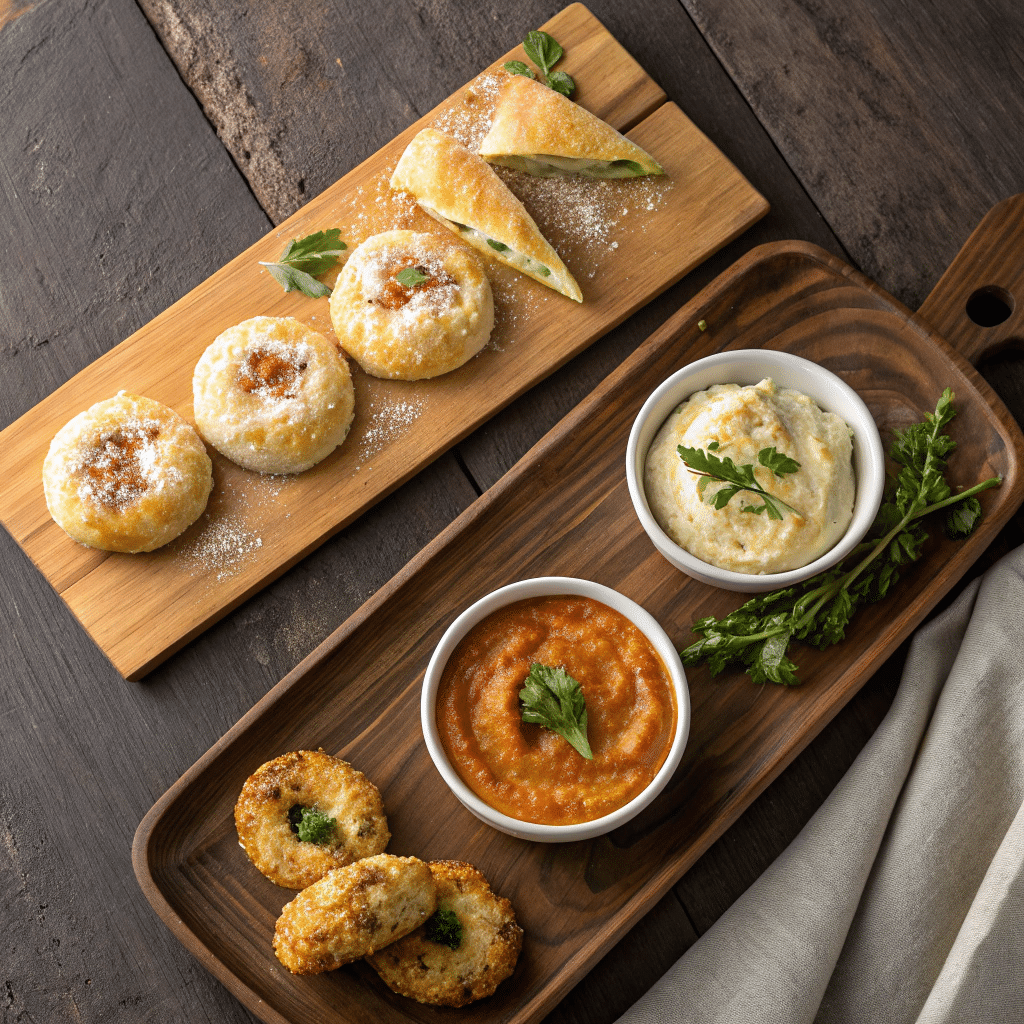
- Yeasted Porras: For extra airy texture, swap baking powder for dry yeast. Let the dough rise an hour before frying.
- Mini Porras: Cut shorter strips for bite-sized snacks. Perfect for parties.
- Savory Twist: Skip the sugar topping and serve them with cheese dip or aioli. Yes, seriously—it works!
Easy Porras Recipe for Beginners
If you’re nervous about frying, start small. Pipe shorter strips of dough, fry just a couple at a time, and build confidence. Trust me, once you nail your first batch, you’ll be hooked.
Final Thoughts
Porras may not be as famous worldwide as churros, but in Spain, they’re a breakfast icon. With just a few ingredients, you can bring that tradition home. Next time you crave a cozy morning, try this authentic porras recipe and serve it with thick hot chocolate. You’ll understand why Madrid swears by this snack.
So, are you team churros or team porras? I know my answer—porras all the way.
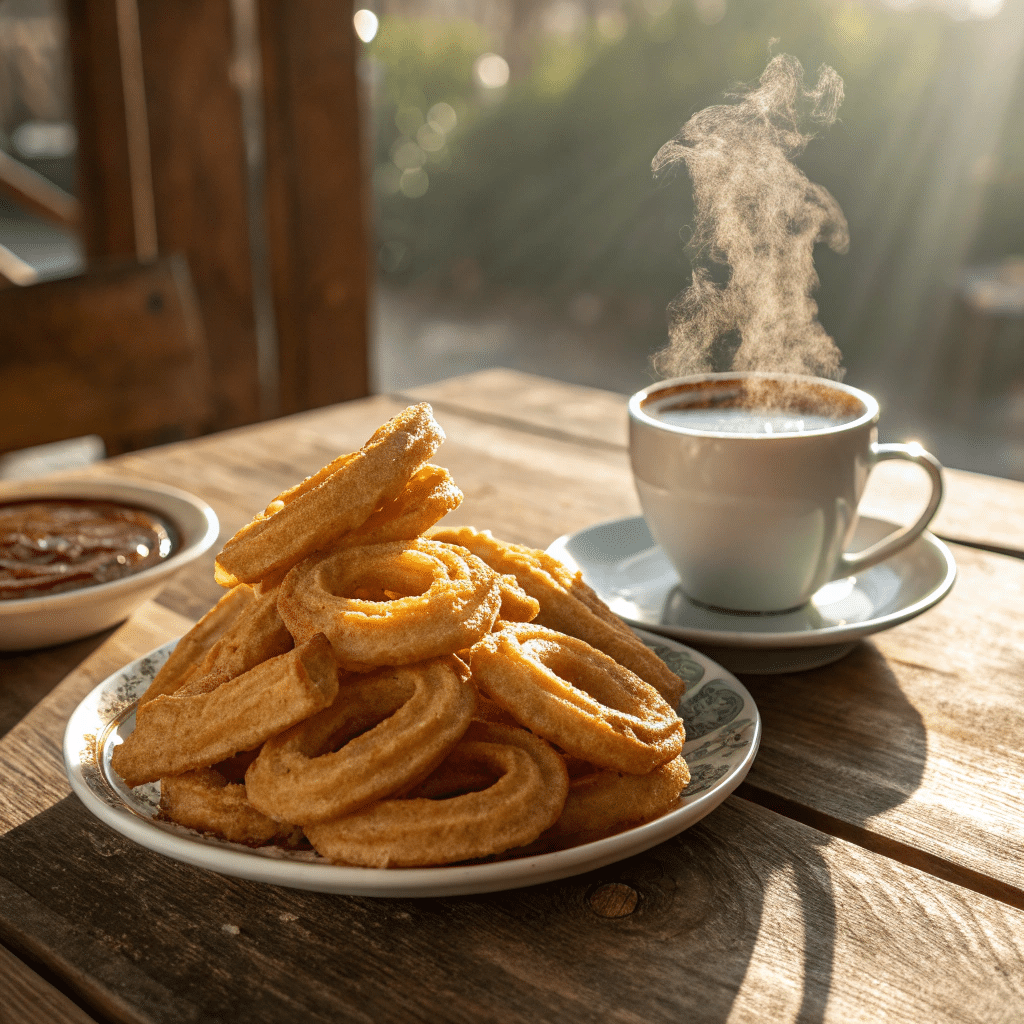
Spanish Porras Recipe
Ingredients
Method
- Combine flour, salt, and baking powder in a large bowl. Slowly pour in warm water while stirring until you have a thick, sticky batter.
- Cover with a clean kitchen towel and let it rest for about 30 minutes. This helps the dough relax and makes frying easier.
- Pour enough vegetable oil into a deep frying pan so the porras can float. Heat to around 350°F (175°C). Test with a small drop of batter—it should sizzle right away.
- Spoon the batter into a piping bag with a wide round tip. Pipe strips of dough directly into the hot oil. If you don’t have a piping bag, you can use a plastic freezer bag with the corner cut off.
- Fry for 2–3 minutes on each side until golden brown and crisp on the outside. Work in small batches so the oil stays hot.
- Lift porras out with a slotted spoon and place them on paper towels to drain. Serve warm. You can sprinkle with sugar and dip them into hot chocolate for the full Spanish experience.
Notes
- Eat porras fresh. They lose their crispness if kept too long.
- For a more traditional texture, you can replace the baking powder with 1 teaspoon of dry yeast and let the dough rise for an hour.
- Best served with thick Spanish-style hot chocolate, but they’re also delicious with coffee or café con leche.
FAQs About Spanish Porras
1. Can I make porras ahead of time?
They’re best fresh. You can prep the batter a few hours in advance, but fry just before serving.
2. What oil is best for frying porras?
Neutral oils like sunflower or vegetable oil work best. Olive oil has too strong a flavor here.
3. How do porras differ from funnel cake?
Funnel cake is thinner, crispier, and sweeter. Porras are thicker, chewier, and not sweet until sugar is added after frying.
4. Are porras healthier than churros?
They’re both indulgent fried treats, so let’s call it even. The joy they bring makes up for the calories.
5. Can I freeze porras?
Not really. They lose texture once thawed. If you must, freeze the raw dough instead and fry fresh.

